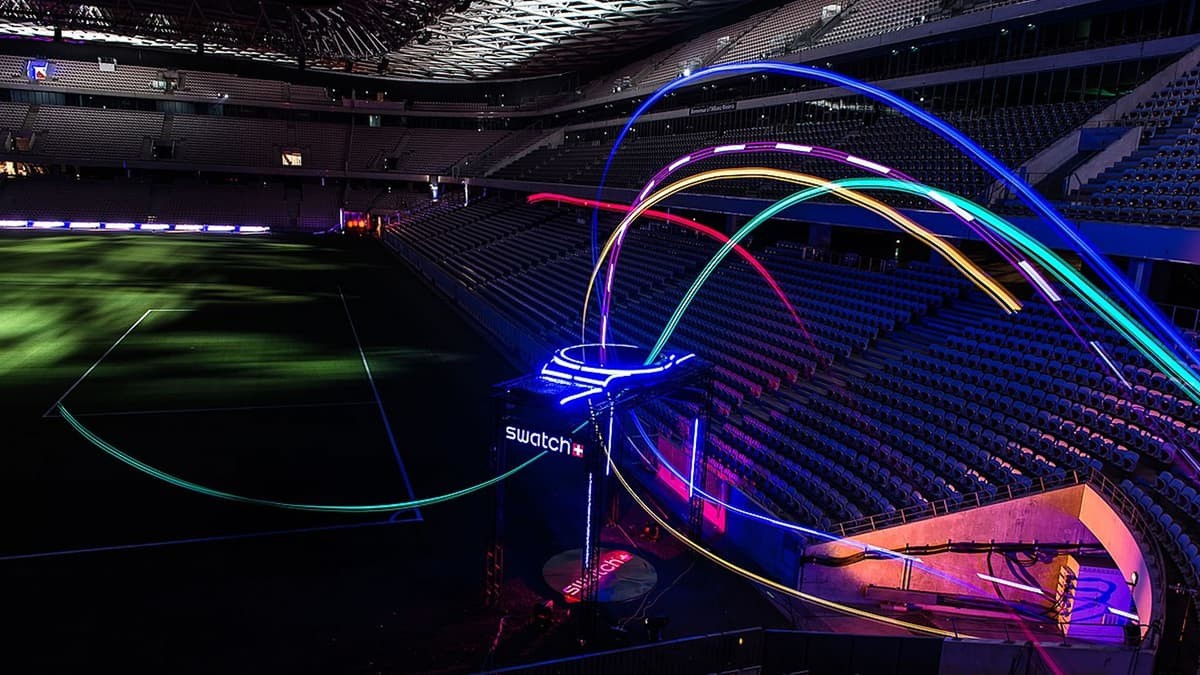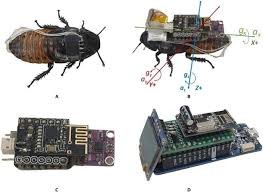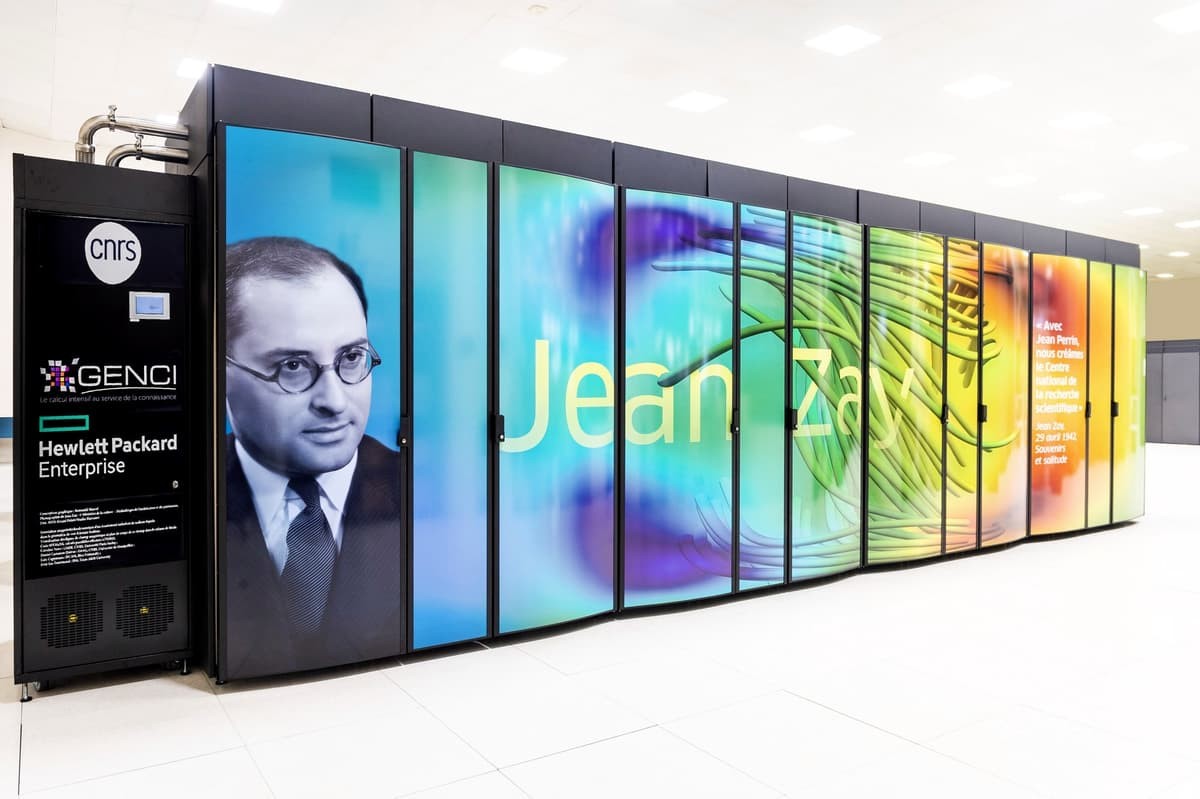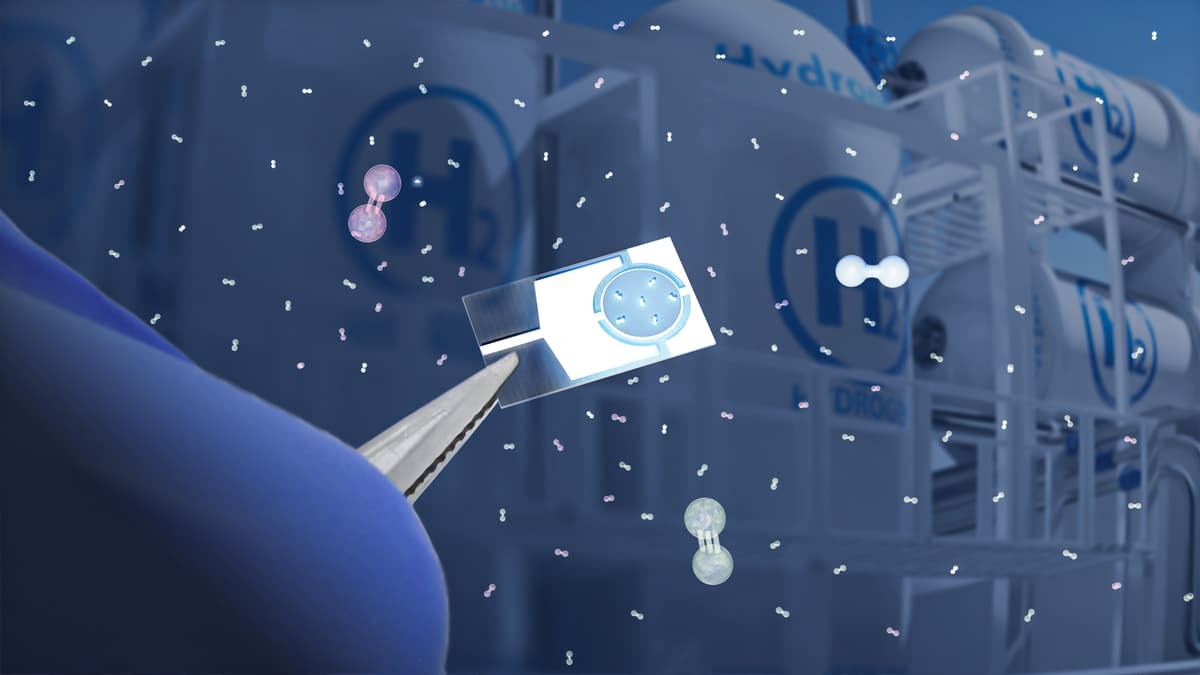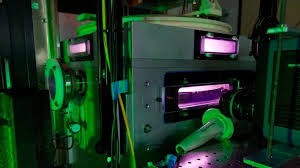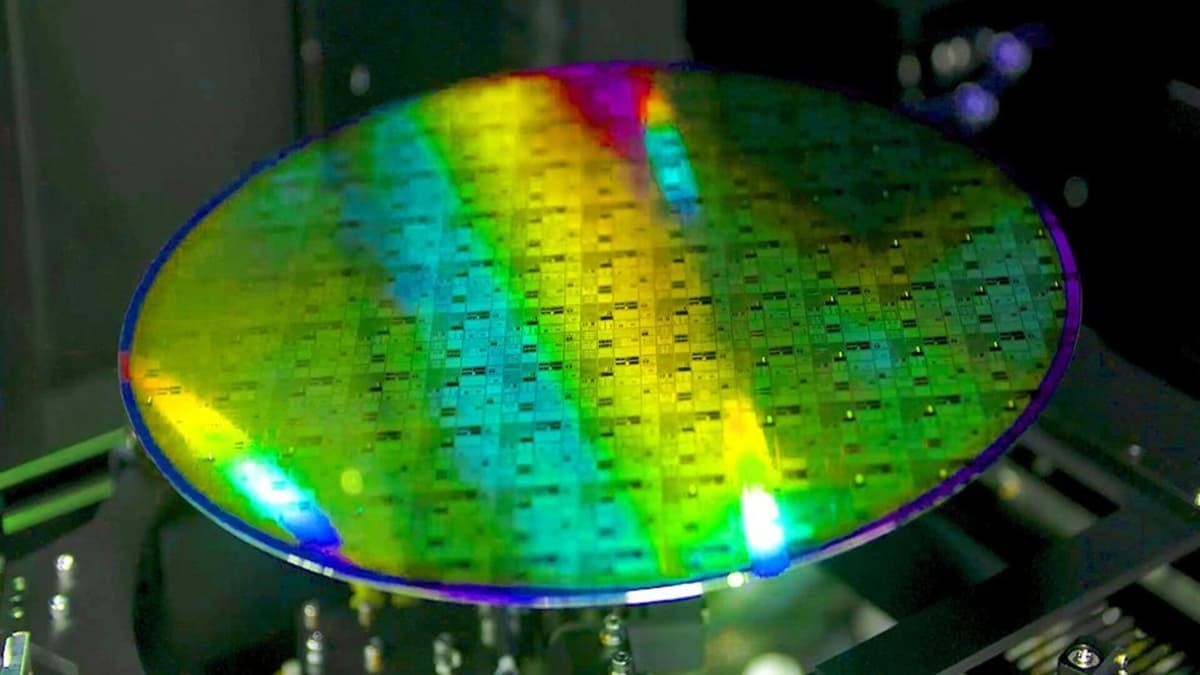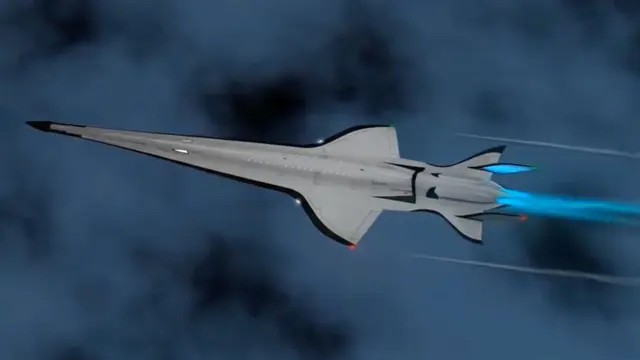US Tech Enables Nuclear Physics Data Transfers to Supercomputers in Seconds, Slashing Wait Times from Days
Scientific experiments, especially in nuclear physics, generate massive amounts of data that require detailed analysis. Traditionally, transferring this data to powerful computing centers for processing could take hours—or even days. Now, researchers at Lawrence Berkeley and Oak Ridge National Laboratories (ORNL) have developed a breakthrough solution to eliminate this bottleneck.
The new system, called DELERIA (Distributed Event Level Experiment Readout and Analysis), is a collaborative software platform designed to accelerate the transmission and analysis of nuclear physics data.
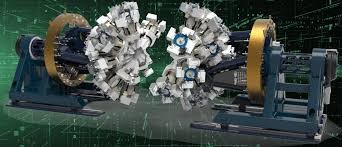
Figure 1. Nuclear Physics Data Transfer.
DELERIA is being paired with GRETA (Gamma Ray Energy Tracking Array), a cutting-edge gamma-ray detector under development. GRETA is designed to probe the internal structure of atomic nuclei. Together, GRETA and DELERIA will enable real-time data analysis across the U.S.—a dramatic leap forward in experimental physics. Figure 1 shows Nuclear Physics Data Transfer.
Instead of waiting days for data to be analyzed, DELERIA allows researchers to send large datasets to supercomputers anywhere in the country and receive results within seconds. This near-instant feedback is crucial for making real-time adjustments during experiments, ensuring more accurate results and more efficient use of costly experimental setups.
A Direct Link Between Lab and Supercomputer
DELERIA works by creating a fast and direct data pipeline between experimental facilities and supercomputers via dedicated high-speed networks like the Energy Sciences Network (ESnet)—a fiber optic system developed by the U.S. Department of Energy (DOE).
This architecture eliminates the need for heavy local computing infrastructure at research sites [1]. Instead, data travels up to 2,000 miles (3,218 km) one way, is processed remotely, and returns—all in under 10 seconds. The system can handle 480,000 photon collision events per second while transferring data at 40 gigabits per second, roughly the equivalent of sending a full HD movie every second.
Crucially, DELERIA performs parallel computing: while some data is transmitted, other portions are processed at the same time, speeding up the process by a factor of 10 compared to conventional methods.
Efficient, Scalable, and Sustainable
To test the system, the researchers built a virtual GRETA setup as a testbed. DELERIA not only met the 10-second turnaround goal, but also demonstrated remarkable efficiency—reducing data volume by 97.5%, which means storing and analyzing only the most relevant information.
Although it’s currently being used with GRETA, the software is designed to be compatible with other scientific instruments in the future.
“This opens doors for enhancing GRETA and other experimental setups using the same platform,” said Gustav Jansen, a nuclear physicist at ORNL who has worked on DELERIA for two years.
The project is part of the DOE’s broader Integrated Research Infrastructure initiative, which aims to streamline access to scientific data and computing resources nationwide—paving the way for faster, more sustainable discoveries in nuclear physics and beyond.
Reference:
- https://interestingengineering.com/news/data-pipeline-deleria-greta-doe
Cite this article:
Keerthana S (2025), US Tech Enables Nuclear Physics Data Transfers to Supercomputers in Seconds, Slashing Wait Times from Days, AnaTechMaz, pp.328




